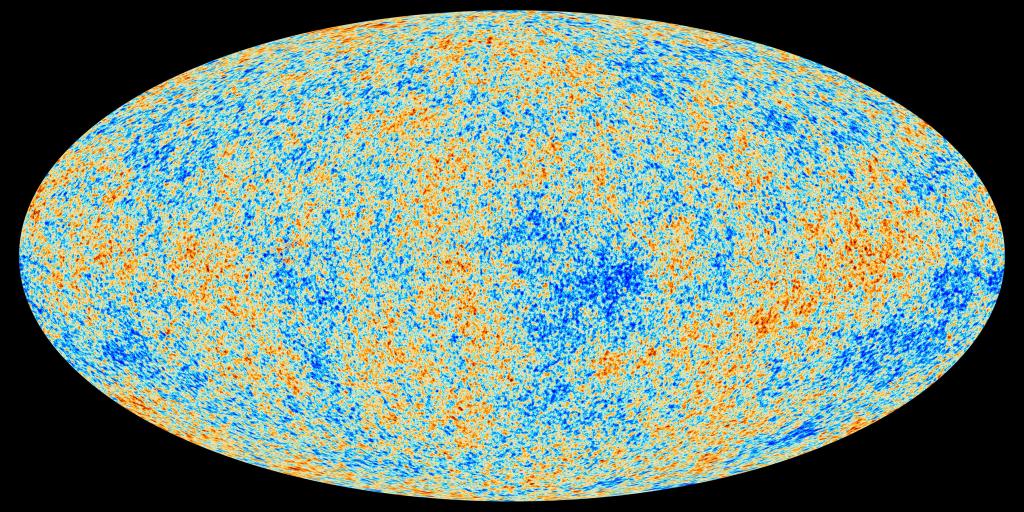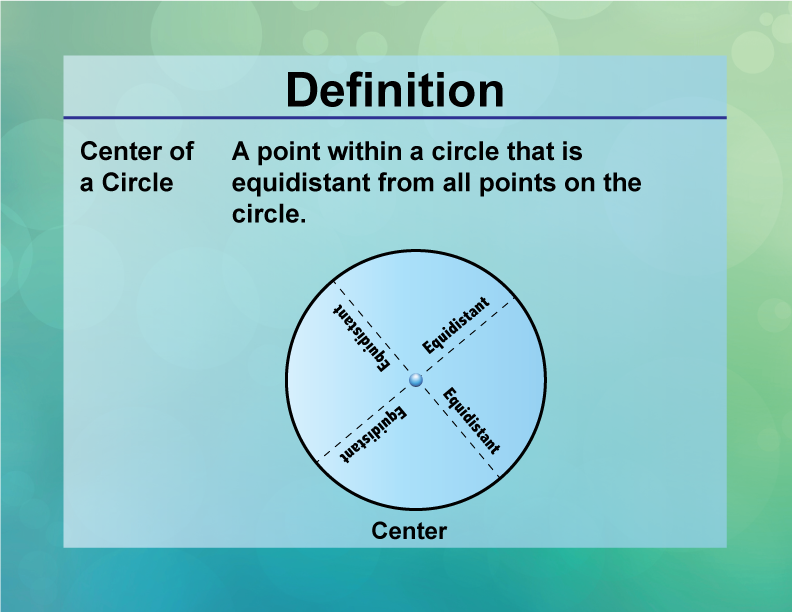What if I were to ask you: Are there any unique places in the universe?
That is, does any one location in the universe have a special vantage point? Does the universe look different from different locations?
You might say that yes, there are unique places, because everywhere you look in the night sky, there is something different. No two solar systems are the same, no two galaxies are quite the same, and on the scale of galaxy clusters, no cluster appears the same as the others.
But these are local variations.
Imagine if we could look into the universe from the outside. If we zoomed out until whole galaxy clusters appeared as little more than faint dots, we would see something quite different…

On very large scales, the universe is isotropic: that is, it looks roughly the same no matter which direction you look.
At the largest look-back time, we can see the afterglow from the Big Bang: the cosmic microwave background radiation (CMB). And this radiation also appears quite isotropic:

To be clear, there are minor variations in the CMB. It is not perfectly isotropic. But that’s not necessarily a problem. It may help explain some fundamental questions in cosmology, such as why matter exists in the universe (rather than being completely annihilated along with all antimatter).
In general, the CMB is isotropic.
The universe is also homogenous: that is, it is roughly the same at all locations.
In other words: on average, there are the same number of galaxies everywhere. And everywhere in the universe, galaxies are at similar stages of evolution. There might be a few at one stage and a few at another stage, but that distribution of evolutionary stages will be the same everywhere.
“But wait,” you might say. “Don’t galaxies appear in earlier stages of evolution the farther back we look?”

Yes. Because light travels at a set speed in a vacuum, light from the farthest reaches of the universe takes time to reach Earth. The light we observe from very distant objects left them long ago, so we see them at an earlier stage.
But this is the key. We only observe them at an earlier stage because of the set speed of light. If we could teleport to those distant objects, we’d see them as they truly are now: at similar evolutionary stages to objects in our own location in the universe.
For example, here’s our own local galaxy group:

Here, we see two large spiral galaxies (the Milky Way and Andromeda) and a scattering of satellite galaxies.
But at larger look-back times, we see galaxies that have not yet evolved into spirals.
In the graphic below, each distant galaxy is labeled with a time frame. That time frame indicates how long ago the light we observe left the object. So, the galaxy in the top left is observed as it appeared 11.3 billion years ago.
These galaxies provide a window into what our own Milky Way may have looked like at an earlier point in its evolution.

So, yes, galaxies at large look-back times appear different from galaxies at small look-back times. But that’s just because of the speed of light.
If we account for this well-understood fact, the universe does appear the same everywhere.
The universe is isotropic and homogenous. And these two properties give rise to quite possibly the single most important concept you will ever learn in astronomy: the cosmological principle.

The cosmological principle states: Any observer in any galaxy sees the same general properties for the universe.
And this is powerful.
The cosmological principle means that our vantage point isn’t unique. It means that the laws of physics we observe apply everywhere.
It means, in essence, that the universe is knowable: that we don’t have to go back to the drawing board and figure out the fundamental physics again for every galaxy we study.
And it also means that the universe has no edge or center.

If you take a look at a circle, you can see why.
The “center” is a unique location: it is the only location in the circle that is the same distance from every point along the edge.
And, likewise, locations on the edge will be unique. Their vantage point on the circle is quite different from any location within it.
In fact, any location in a universe with an edge has a unique vantage point: every single one has a different view of the distance to the center and the distance to each location along the edge.
A universe with a center or an edge would not be homogenous, and the cosmological principle would not be true. But since we observe the universe to be homogenous (and isotropic), we know that the cosmological principle is true.
We know that our observations don’t just apply to our earthly vantage point. They can indeed help us piece together the story of the universe as a whole.
Next up, we’ll take a deeper look at a fundamental concept we’ve touched on before: cosmological redshift.

















Did I blow your mind? 😉